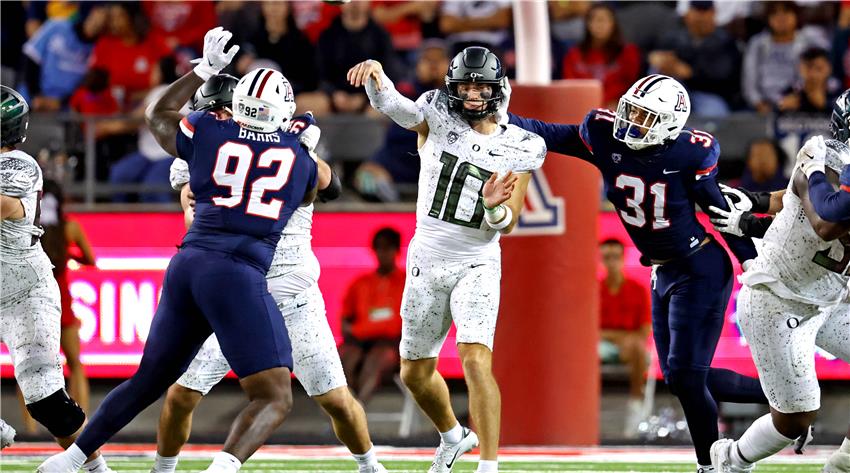
Understanding NIL Representation- A Lifeline for Collegiate Athletes
Dealing With the Complex Issue of NIL Representation
In the heart of the bustling city of New York, the world of collegiate sports took a pivotal turn when NIL representation came into the picture. A change as monumental as witnessing the iconic Times Square for the first time. The conversations, visions, and experiences tied to NIL representation have ushered in a new era of opportunities and challenges for student-athletes.
Imagine a talented basketball player who has been toiling under the oppressive weight of economic hardships just to stay in school. He struggles to meet his personal and family needs despite his popularity and influence, while his University and the NCAA rake in millions from his performances. It's a situation akin to an artificer who creates masterpieces but gains nothing from it. Such has been the life of many college athletes until the introduction of NIL representation.
The Revolutionary Impact of NIL Representation
Before NIL representation, student-athletes were unable to monetize their Name, Image, and Likeness (NIL). However, the NCAA's policy change in July 2021 means every slam dunk, every well-crafted defensive move, and every shot that thrills the crowd could translate into a tangible monetary benefit for these student-athletes. It's as refreshing as a cool breeze sweeping through Central Park on a hot summer day.
To illustrate this, let's consider the hypothetical case of Mike, a New York-based college athlete. As previously mentioned, despite having immense popularity, he was unable to monetize it. Now, thanks to NIL representation, Mike has managed to secure substantial endorsement deals. Being able to represent his abilities and influence truly, he felt a sense of empowerment, so like tasting a good New York cheese pizza for the very first time. "The relief of having my talents recognized and recompensed is immense," said Mike.
But what has this change meant for our society?
Society's Stake in NIL Representation
NIL representation hasn't just altered the lives of individual athletes but has also influenced societal perceptions. It has brought about an unforeseen shift — making us wonder why we hadn't done so earlier. Aren't we a nation that values innovation, hard work, and talent? Why then, should these virtues be caged when it comes to the realm of college sports?
Many strongly argue that the adolescence of student-athletes have been taken advantage of, their fame exploited while they waited on the sidelines for change. The introduction of NIL representation is not just a policy change; it gives these young talents what they rightfully deserve. This wind of change is as enticing as the aroma of coffee wafting through the streets of Manhattan on an early morning.
Benchmark International reports that revenue from collegiate sports endorsement deals rose by 76% in the year following the adoption of NIL representation. This revenue growth serves as a beacon of hope to countless student-athletes, highlighting the immense impact of NIL representation in redressing long-standing fiscal deficits.
Yet, it isn't all rosy. The implementation of NIL representation comes with its own challenges. Complexity in contracts, risk of exploitation by unscrupulous agents, and maintaining a balance between sport and commercial commitments are notable hurdles that need to be overcome, similar to navigating the intricate subway map of New York. But with the right guidance, these can be effectively handled.
Structuring Success With NIL Representation
Stepping into the commercial world can be extremely daunting for a young athlete who has little to no experience in dealing with legal and business intricacies. Here are some key pointers for them:
- Understand the terms and conditions of every deal and agreement.
- Be cautious about your online presence and personal branding.
- Balance your academic, sports, and endorsement commitments.
- Seek professional help when needed.
Decoding NIL Representation: FAQs
How has NIL representation impacted collegiate sports?
- NIL representation has revolutionized collegiate sports by allowing athletes to earn from endorsements, autograph signings, and personal appearances, thus relieving them of economic hardships.
What are the key challenges tied to NIL representation?
- Balancing sports and commercial commitments, understanding complex contracts, and the risk of exploitation are some challenges tied to NIL representation.
How can a student-athlete make the most out of NIL?
- By understanding terms and conditions of deals, maintaining a consistent and positive online presence, balancing commitments, and seeking professional help when needed.
Has the revenue from collegiate sports endorsement deals increased post-NIL representation?
- Yes, the revenue from collegiate sports endorsement deals has risen by 76% post-NIL representation introduction.
In conclusion, NIL representation presents a promising future for student-athletes and the world of collegiate sports. Although it comes with its own challenges, with careful planning and understanding, the benefits far outweigh the drawbacks. As this new era unfolds, we stand in anticipation of the limitless possibilities it brings.
